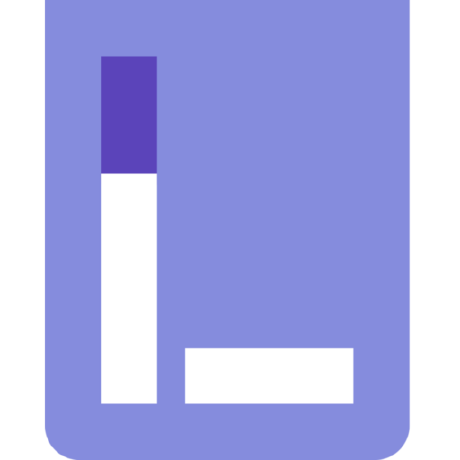
Neelanjan Manna
Software Engineer II @harness | OSS Maintainer @cncf @litmuschaos | LFX Mentor @litmuschaos | React, Node.js, Golang, Kubernetes, Cloud.
Projects
litmus
Litmus helps SREs and developers practice chaos engineering in a Cloud-native way. Chaos experiments are published at the ChaosHub (https://hub.litmuschaos.io). Community notes is at https://hackmd.io/a4Zu_sH4TZGeih-xCimi3Q
Go - Released: 15 Mar 2017 - 4,192
Driver-Drowsiness-Detection
A real-time drowsiness detection system for drivers, which alerts the driver if they fall asleep due to fatigue while still driving. The computer vision algorithm used for the implementation uses a trifold approach to detect drowsiness, including the measurement of forward head tilt angle, measurement of eye aspect ratio (to detect closure of eyes) and measurement of mouth aspect ratio (to detect yawning).
Python - Released: 12 Jul 2020 - 95
Parkinsons-Detection
An AI-based mobile application that is able to diagnose Parkinson's Disease using two independent tests that require only a pencil and a paper. Based on the 2017 research paper Distinguishing Different Stages of Parkinson's Disease Using Composite Index of Speed and Pen-Pressure of Sketching a Spiral by Zham et. al. The trained models were deployed using a Flask backend server, along with a Flutter based frontend mobile application frontend to interact with the REST API.
Python - Released: 15 Jun 2020 - 8
Image-Forgery-Detection
A deep convolutional neural network for the detection as well as localization of the area of manipulation in forged images, bearing forgeries of simple as well as complex nature. Further along, the trained model is interfaced with a web application for users to interact with the model in a simple and effective manner, and finally, we also develop a chatbot for further easing the process of interaction with the model and effectively tackling the problem of fake news forwards in popular internet messaging platforms such as WhatsApp.
Python - Released: 05 Sep 2020 - 8
Face-Recognition-Facenet-
An implementation of the Siamese Neural Network for facial recognition using one shot detection, that eliminates the requirement for the Neural Network to be trained each time a new image is added to the database. Trained using a Triplet Loss Function, it may even be used to perform the facial recognition with one training instance image.
Python - Released: 02 Aug 2020 - 3
Crop-AI
A diagnostic AI-enabled mobile app which is able to classify upto 38 different plant diseases ranging for 14 crops and vegetables. The application makes use of the VGG-Net CNN architecture for the purpose of multi-class classification of the images of infected plant leaves. The trained model was then deployed using a Flask backend server, along with a Flutter-based frontend mobile application to interact with the REST API.
Python - Released: 14 Jun 2020 - 2
Blind-Vision
Assisting blind people with the help of image-captioning via a smartphone app. The application makes use of two neural networks, a CNN-based image feature extractor, and an LSTM based sentence generator. The user is able to submit images to the app, which are fed to the CNN feature extractor. The extracted features are then fed to the LSTM network to generate the sentence that describes the image, which is then read aloud to the user.
HTML - Released: 13 May 2020 - 1
ASL-Sign-Language-CV
A webcam-based object detection model that uses an artificial neural network to label the American Sign Language (ASL) hand sign alphabets. This deep learning model makes use of the Faster-RCNN model architecture to perform the object detection, which is implemented using the Tensorflow framework.
Python - Released: 29 May 2020 - 2
Neural-Style-Transfer
A neural style transfer algorithm which uses a CNN trained with a style-cost function. The style-cost function makes use of two images, the style-image and the content-image to produce an image which is the content-image re-drawn in the style of the style-image, referred to as the generated image. The generated-image thus resembles an artwork similar to the original content-image but bearing the style of the style-image.
HTML - Released: 23 Jul 2020 - 1
Colorize
Colorize is a computer vision algorithm that is implemented as a feed-forward pass in a CNN at test time, that has been trained on a million images from the Imagenet dataset. The algorithm is able to fill vibrant and realistic colors to the black and white images to recreate a plausible colorized image. Based on the 2016 research paper by Zhang et al. "Colorful Image Colorization".
HTML - Released: 05 May 2020 - 1
